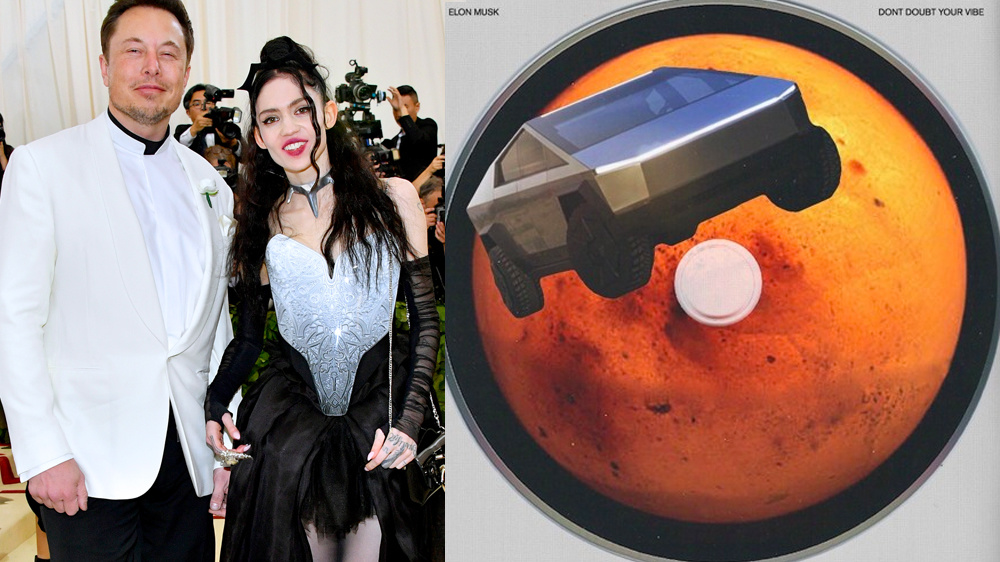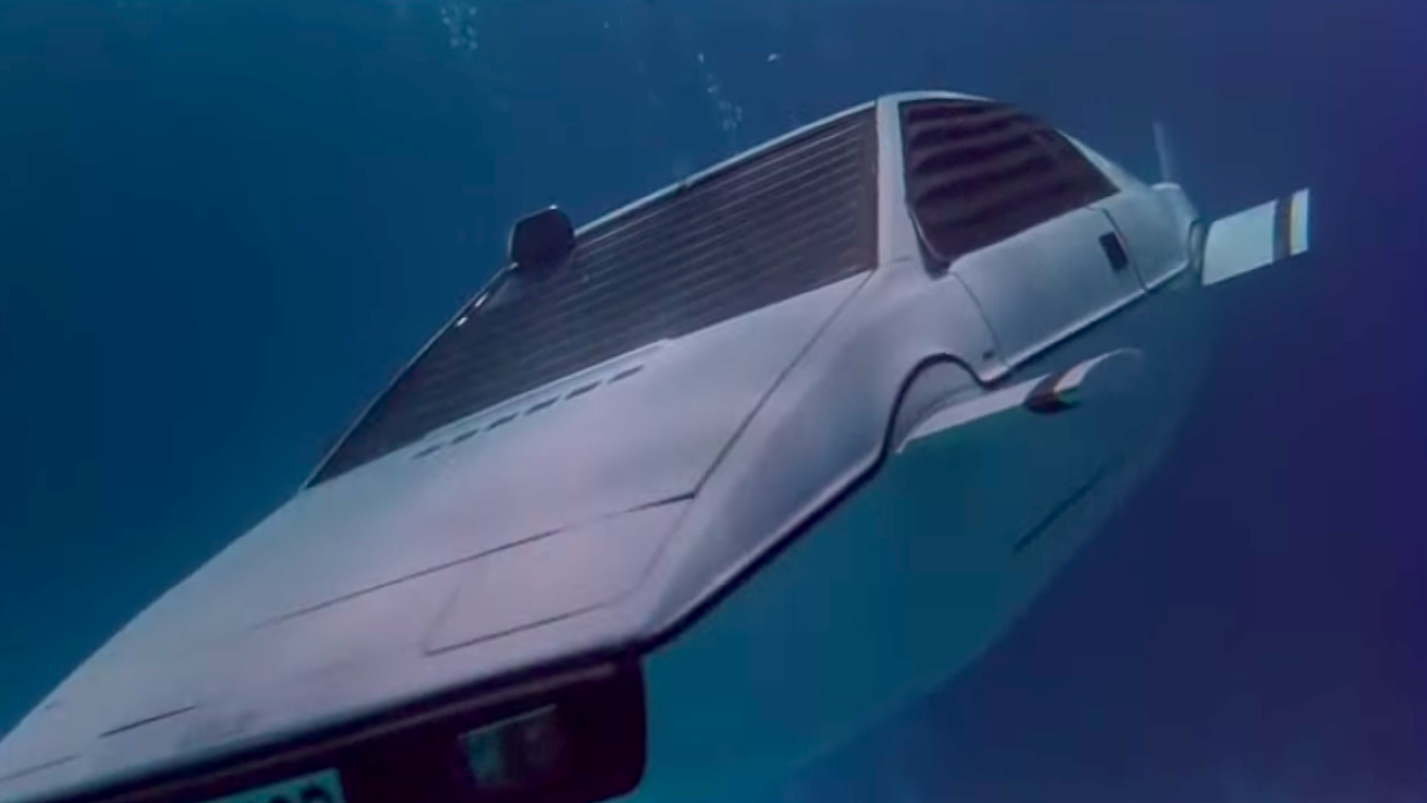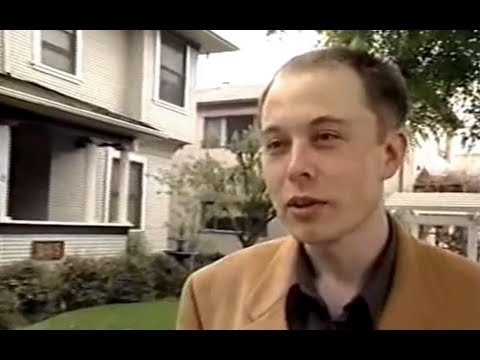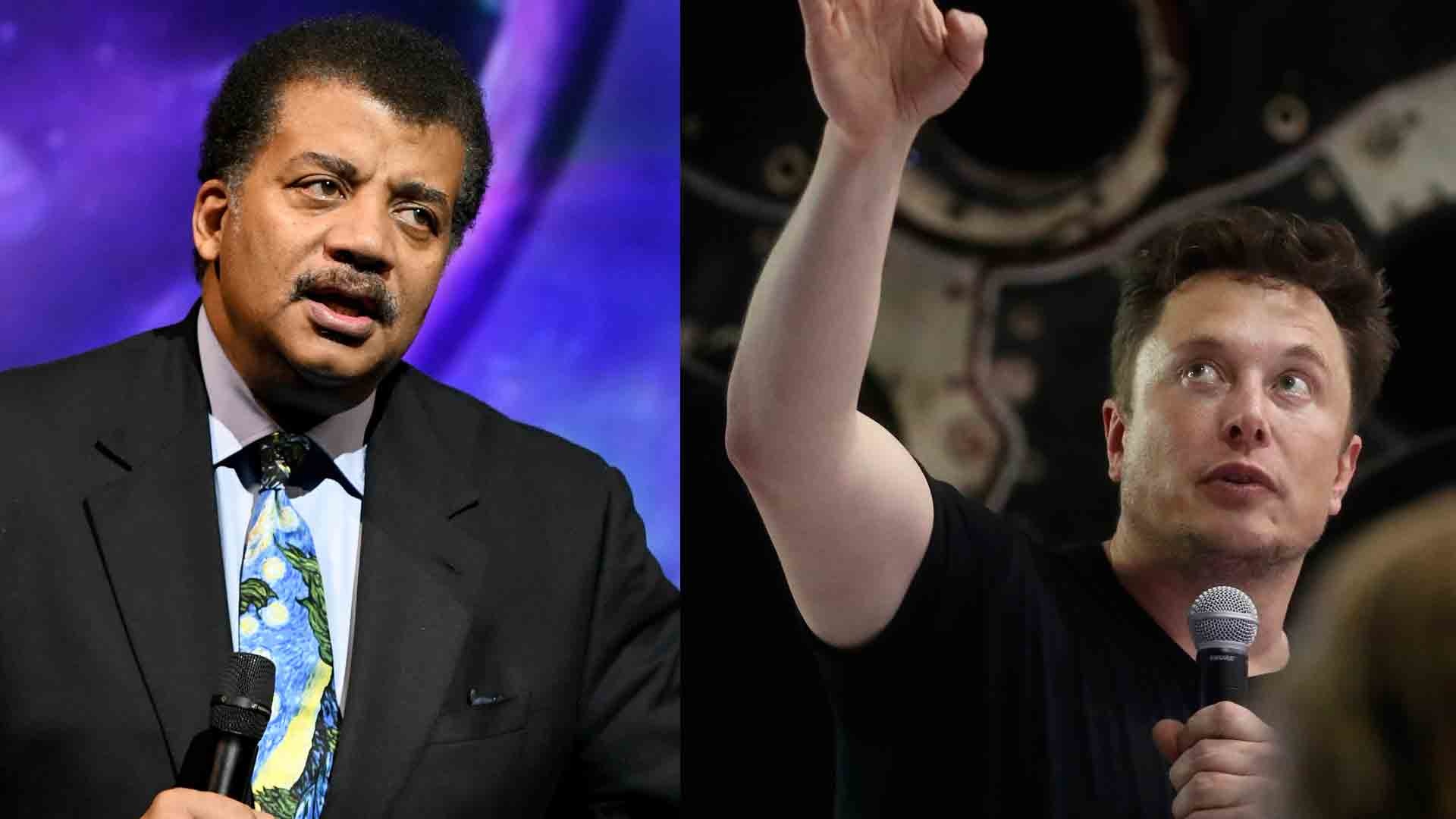Who was the greater genius — Thomas Edison or Nikola Tesla? As the founder of Tesla Motors, you’d expect Elon Musk to be on the side of Tesla, but you wouldn’t be fully right.
As he explains in a 2008 interview, Elon Musk saw both Edison and Tesla as role models. He read books about both and found both of the visionaries inspiring.
Edison (1847–1931), of course, was probably America’s most illustrious inventor, being credited with important contributions such as the phonograph, an early motion picture camera, and a long-lasting light bulb. Overall, the impact of his ideas on how we generate electricity, make sound and film recordings, or communicate are hard to overestimate.
Edison, holder of 1,093 patents, is also credited with creating the world’s first industrial-scale research laboratory.
Nikola Tesla (1856-1943), who once worked for Edison, was often a rival of the more-famous inventor. While he died in relative obscurity and financial ruin, Tesla’s reputation has grown over time to perhaps eclipse Edison’s in the popular imagination. After all, Tesla came up with the alternative current — the electrical supply system that was adopted more widely worldwide than Edison’s.
Tesla is also responsible for a variety of ahead-of-their-time inventions that have stoked the public’s fancy. We are talking about wireless technology, including wireless transmission of electricity, early cellphones, self-driving and flying vehicles, as well as thought machines and death rays.
As you would expect, Elon Musk explains that he did name the car company Tesla after the inventor because it uses AC induction motors “which is an architecture Tesla developed.” According to Musk, Tesla deserves “a little more play than he gets in current society.”
But “on balance,” says Musk, “I’m a bigger fan of Edison than Tesla.” Why? Because “Edison brought his stuff to market and made those inventions accessible to the world.” The shunned Serbian-Croatian inventor Tesla “didn’t really do that,” points out Musk.
Musk also names some other influences on his thinking – great “technologists” such as Apple’s Steve Jobs and Microsoft’s Bill Gates. Even Disney was a great “innovator,” in Musk’s eyes.
Interestingly, in the same interview Musk debunks another rumor. His father was often credited as being the inspiration behind the young Musk’s interest in technology. But the SpaceX founder shares that his father was actually a “luddite”. He was an engineer but not really a techie. In fact, Musk’s dad refused to buy him a computer and thought such machines wouldn’t amount to anything. Elon had to save up his allowance in order to buy his first computer.
Check out the full interview below – the question about role models comes in at 35:18:





